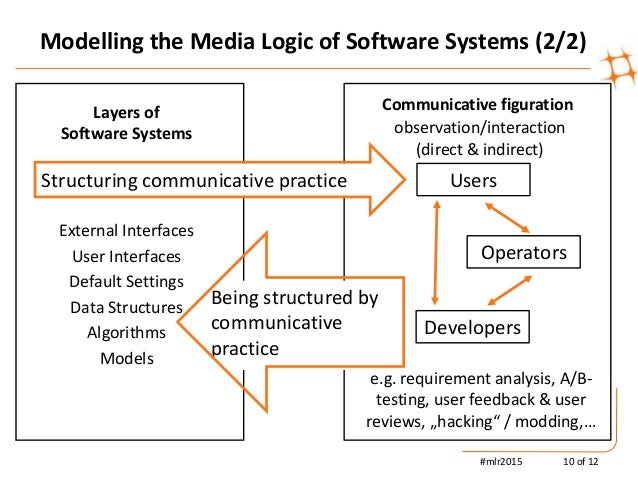Media Theories
Media Logic
The media logic theory states that common media formats and styles serve as a means of perceiving the world. Today, the deep rooting of media in the cultural conciousness means that media consumers need engage for only a few moments with a particular television program to understand that it is a news show, a comedy, or a reality show. The pervasiveness of these formats means that our culture uses the style and content of these shows as ways to interpret reality. For example, think about a TV news program that frequently shows heated debates between opposing sides on public policy issues. This style of debate has become a template for handling disagreement to those who consistently watch this type of program.
Media logic affects institutions as well as individuals. The modern televangelist has evolved from the adoption of television-style promotion by religious figures, while the utilization of television in political campaigns has led candidates to consider their physical image as an important part of a campaign.
Cultivation Analysis
The cultivation analysis theory states that heavy exposure to media causes individuals to develop—or cultivate—an illusory perception of reality based on the most repetitive and consistent messages of a particular medium. This theory most commonly applies to analyses of television because of that medium’s uniquely pervasive nature. Under this theory, someone who watches a great deal of television may form a picture of reality that does not correspond to actual life. Televised violent acts, whether those reported on news programs or portrayed on television dramas, for example, greatly outnumber violent acts that most people encounter in their daily lives. Thus, an individual who watches a great deal of television may come to view the world as more violent and dangerous than it actually is.
Cultivation analysis projects involve a number of different areas for research, such as the differences in perception between heavy and light users of media. To apply this theory, the media content that an individual normally watches must be analyzed for various types of messages. Then, researchers must consider the given media consumer’s cultural background of individuals to correctly determine other factors that are involved in his or her perception of reality. For example, the socially stabilizing influences of family and peer groups influence children’s television viewing and the way they process media messages. If an individual’s family or social life plays a major part in her life, the social messages that she receives from these groups may compete with the messages she receives from television.




Comments
Post a Comment